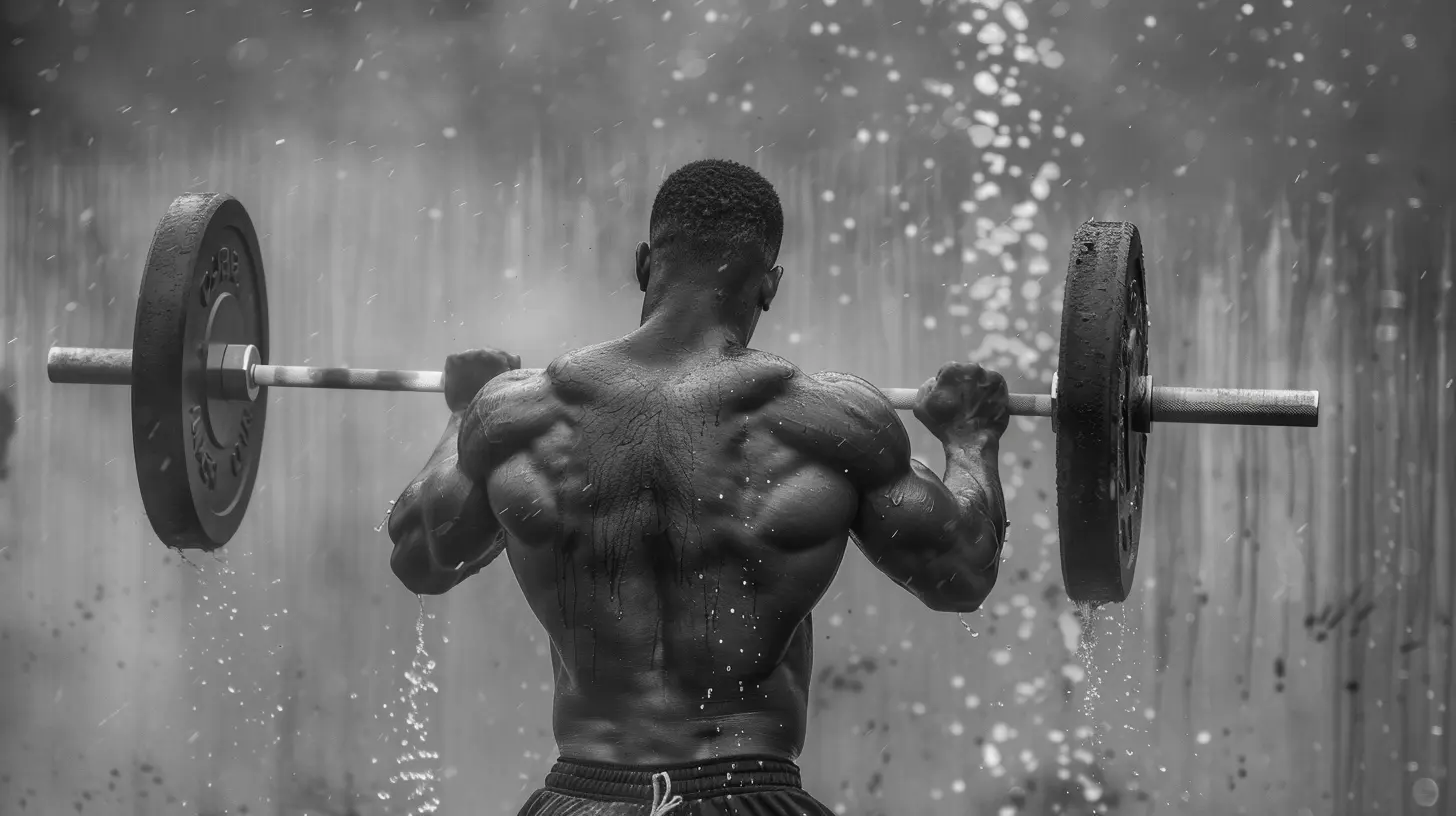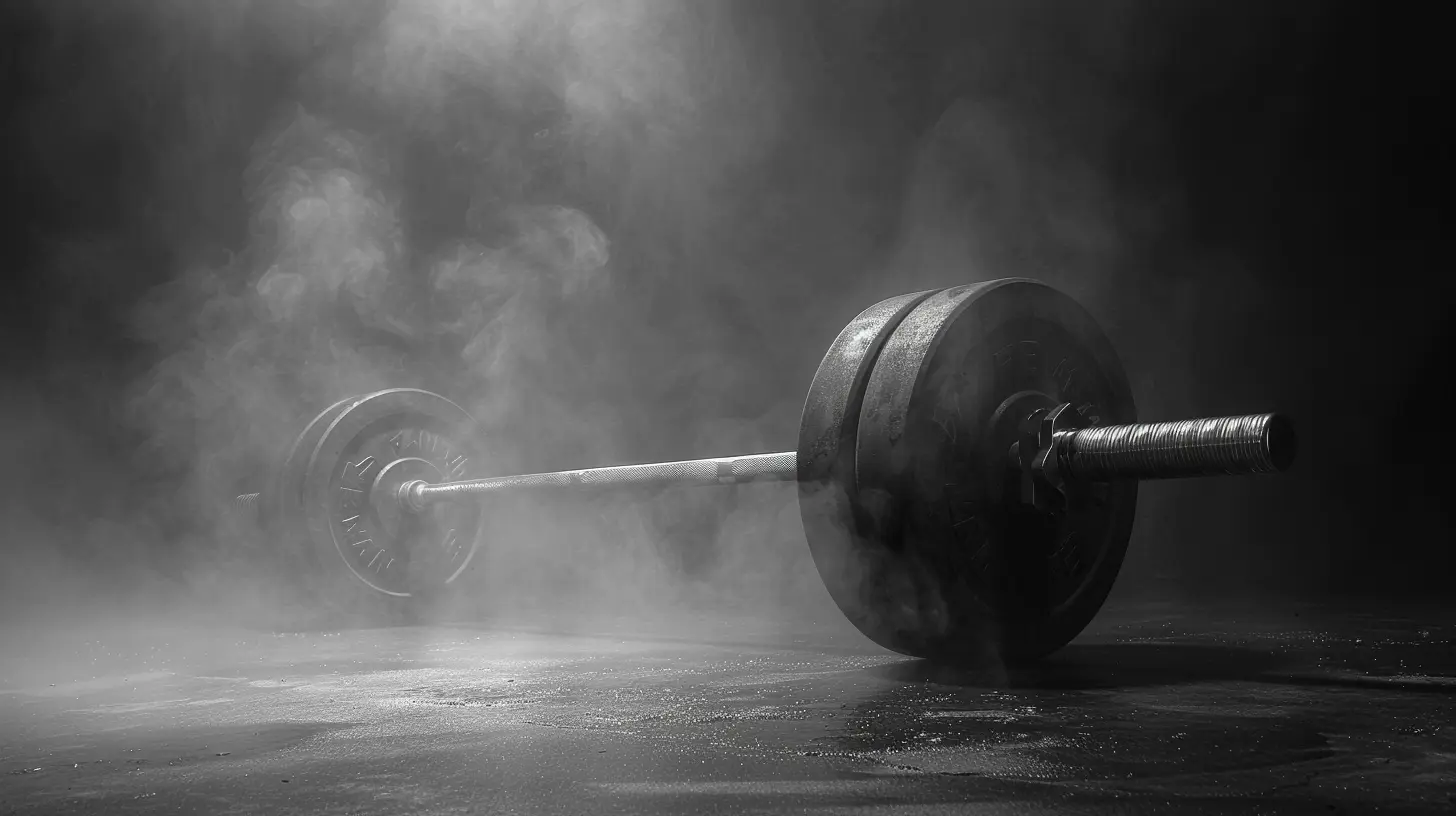The Role of Breathing Techniques in Maximizing Strength
6 August 2025
Breathing. It’s something we do without even thinking about it. But did you know that mastering the art of breathing could be the secret weapon to unlock your strength potential? Yep, you read that right! Whether you’re lifting weights, running a marathon, or practicing yoga, your breath plays a pivotal role in how much power you can generate. It’s like the fuel for your body’s engine. The better your breathing technique, the more efficiently your muscles can work.
In this article, we’re going to dive into the fascinating connection between breathing techniques and strength. We’ll break down why proper breathing is so crucial, explore different breathing methods, and talk about how you can apply them in your workouts to maximize your strength. Ready to breathe new life into your training? Let’s get into it!

Why Breathing Matters for Strength
Before we jump into specific techniques, let’s address the obvious question: why does breathing matter when it comes to strength?Oxygen and Muscle Performance
Oxygen is like the premium fuel for your muscles. When you breathe in, oxygen gets transported to your muscles via your bloodstream. The more oxygen your muscles receive, the better they can perform. On the flip side, when oxygen levels drop, your muscles fatigue more quickly. It's like trying to drive your car on fumes—it’s not going to get you far, right?Stability and Core Engagement
Proper breathing does more than just feed your muscles with oxygen; it also stabilizes your core. When you take a deep breath and brace your core, you create intra-abdominal pressure (IAP). This pressure acts like a natural weight belt, keeping your spine stable and protecting you from injury. It’s no coincidence that powerlifters and strongman competitors are so focused on their breath during heavy lifts—they know that a stable core can make or break their performance.Mind-Muscle Connection
Breathing also plays a significant role in your mind-muscle connection. When you focus on your breath, it helps you stay present and mindful of your movements. This not only improves technique but also enhances muscle recruitment. In simpler terms, you’re able to activate the right muscles at the right time, which ultimately leads to better strength gains.
Common Breathing Mistakes
Now that we know why breathing is important, let’s talk about some common mistakes people make when it comes to breathing during exercise.1. Shallow Breathing
Shallow breaths—think of those quick, chest-level breaths—don’t give your body enough oxygen. When you’re lifting heavy or pushing through a tough workout, this can lead to premature fatigue. Ideally, you want to focus on diaphragmatic breathing, where your belly expands as you breathe in, drawing in more oxygen.2. Holding Your Breath Too Long
We’ve all been there: you brace for a heavy lift and forget to breathe. Holding your breath for too long during a lift can increase blood pressure and make you dizzy, or even cause blackouts in extreme cases. While breath-holding has its place (more on that later), you need to be careful not to overdo it.3. Improper Exhalation Timing
Exhaling too early or too late during a lift can throw off your rhythm and reduce the amount of power you generate. Timing your exhale with your effort is crucial for maximizing strength.
Breathing Techniques for Strength Training
Let’s get to the good stuff: how can you breathe better to increase your strength? Below are some breathing techniques that can help you maximize your potential.1. The Valsalva Maneuver
This might sound complicated, but it’s actually a pretty straightforward technique. The Valsalva Maneuver involves taking a deep breath, holding it, and bracing your core while you perform a lift. This technique is especially useful for heavy compound lifts like deadlifts, squats, and bench presses.How to do it:
1. Take a deep breath and fill your belly with air.2. Hold your breath and brace your core as you begin the lift.
3. Exhale once you’ve passed the most difficult part of the movement (also called the “sticking point”).
The idea is to create internal pressure, which stabilizes your spine and protects your back during heavy lifts. Keep in mind, though, that this technique is best suited for experienced lifters. If you’re new to strength training, practice without holding your breath initially to get comfortable with the movement.
2. Diaphragmatic Breathing
Diaphragmatic breathing, or belly breathing, is a technique where you focus on expanding your diaphragm as you breathe, rather than just your chest. This method is great for endurance sports, high-rep weight training, and any activity where prolonged effort is required.How to do it:
1. Place one hand on your chest and one hand on your belly.2. Take a deep breath through your nose, focusing on expanding your belly rather than your chest.
3. Exhale slowly, pushing all the air out of your lungs.
By practicing diaphragmatic breathing, you’ll get more oxygen into your system, which can delay fatigue and improve performance in both cardio and strength-based activities.
3. Box Breathing
Box breathing is a technique used to control and regulate your breath, often practiced by athletes and even Navy SEALs. It’s a great way to calm your nervous system, focus your mind, and increase endurance during strength training.How to do it:
1. Inhale deeply for a count of 4 seconds.2. Hold your breath for 4 seconds.
3. Exhale for 4 seconds.
4. Hold your breath out for 4 seconds.
This rhythmic breathing pattern helps to control stress and anxiety, allowing you to stay focused during intense workouts. It’s also great for controlling your breath during high-rep sets or long-duration exercises.
4. Exhale on Effort
One of the simplest breathing techniques is to exhale during the most challenging part of a lift or movement. For example, when you’re doing a squat, you should exhale as you stand up out of the squat (the concentric phase). This helps to release tension and generate more force.How to do it:
1. Inhale as you lower the weight or your body (eccentric phase).2. Exhale forcefully as you lift or push (concentric phase).
This method helps to maintain a steady breathing rhythm, which can increase your endurance and power output.

Breathing Techniques for Different Types of Training
Different types of training call for different breathing strategies. Let’s look at how you can apply these techniques across various types of workouts.1. Heavy Lifting
For heavy lifting (think deadlifts, squats, and bench presses), the Valsalva Maneuver is your best friend. By holding your breath and bracing your core, you create the necessary tension to support your spine and lift heavier weights. Remember, though, to release your breath once you’ve passed the sticking point to avoid dizziness or lightheadedness.2. High-Rep Weight Training
When you’re doing high-rep training, your breathing needs to be more rhythmical to keep up with the pace. Diaphragmatic breathing and exhaling on effort are ideal for this type of training. Focus on taking deep, controlled breaths between reps to keep your oxygen levels up and avoid fatigue.3. Cardio and Endurance Training
For endurance workouts like running, swimming, or cycling, diaphragmatic breathing is key. The more oxygen you can get into your lungs, the longer you can sustain your effort. Try to synchronize your breathing with your movements—e.g., inhale for two steps, exhale for two steps while running—to maintain a rhythm.4. Yoga and Flexibility Training
In yoga, breath control is essential for mind-body connection and muscle relaxation. Box breathing or other forms of controlled breath work can help you deepen stretches and improve flexibility. Plus, it’s a great way to calm the mind and reduce stress, which can indirectly improve performance in other areas of fitness.How to Incorporate Breathing Techniques into Your Routine
Now that you know the techniques, how do you actually implement them into your workouts? Here are a few tips:1. Practice Off the Gym Floor
Don’t wait until you’re in the middle of a heavy set to think about your breathing. Practice diaphragmatic breathing or box breathing at home or during warm-ups to get comfortable with these techniques.2. Focus on Form First
Breathing won’t do much for you if your form is off. Make sure you’ve got the mechanics of your lifts down before you start incorporating advanced breathing techniques like the Valsalva Maneuver.3. Mindful Breathing During Warm-Ups
Use your warm-up sets as an opportunity to practice your breathing techniques. Start with lighter weights so you can focus on your breath without overloading your muscles.4. Stay Consistent
Like any skill, breathing takes practice. Be consistent with your efforts, and over time, you’ll notice improvements in both your strength and endurance.
Final Thoughts
Breathing techniques might not be the first thing you think of when you’re trying to get stronger, but they can make a world of difference. By managing your breath, you can increase oxygen delivery to your muscles, brace your core for stability, and improve your overall performance. Whether you’re lifting heavy weights or running long distances, learning how to breathe correctly can be the key to unlocking your full strength potential.So, next time you hit the gym, don’t just focus on the weights—focus on your breath, too. Your gains will thank you!
all images in this post were generated using AI tools
Category:
Strength TrainingAuthor:

Everett Davis
Discussion
rate this article
1 comments
Erica Rocha
Breathing isn’t just for yoga retreats—it's a powerhouse in sports! Mastering breath can turn a good lift into a great lift. Inhale confidence, exhale limits!
August 22, 2025 at 4:40 AM

Everett Davis
Absolutely! Proper breathing techniques are essential in optimizing performance and strength in sports, enhancing focus and power during lifts. Inhale confidence, exhale limits indeed!


